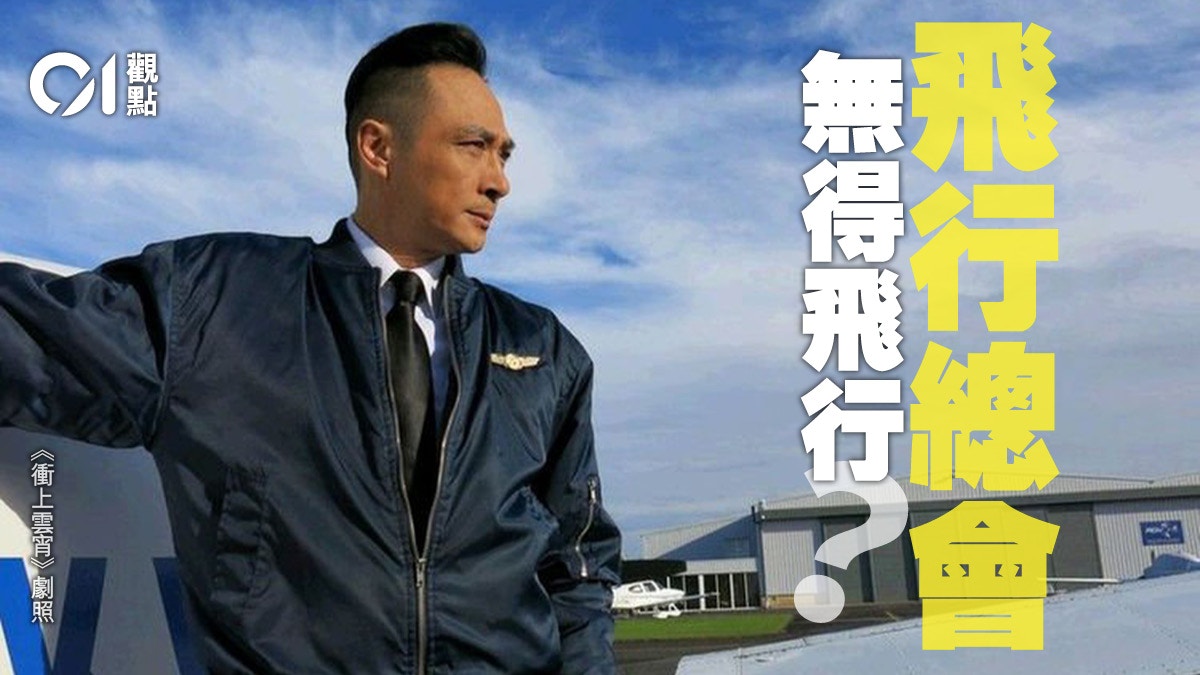01 view
Written by: Commentary Editing Room
2021-01-14 06:45
Last update date: 2021-01-14 06:45
Since the relocation of the old Kai Tak Airport, the Hong Kong Flying Association has not had a runway for fixed-wing flying activities.
Helicopter activities were also stopped in 2015 after the Civil Aviation Department issued a flight ban. As a result, the Association has been relying on the Shek Kong Barracks to lend the airport to members for training and amateur flying.
The PLA Hong Kong Garrison has suspended the airport for more than one year on the grounds of maintenance and epidemics. Many members have failed to meet the flight hours required by their private licenses, resulting in their failure to renew their licenses.
The Hong Kong Flying Association, which has been established for nearly a hundred years, is the only organization in Hong Kong that has been approved by the Civil Aviation Department to provide flight training and issue private pilot licenses.
The government and the General Assembly began to see the issue of land and relocation since the Kai Tak Airport moved. The civilians believed that Chek Lap Kok Airport was not suitable for civil aviation activities. Two plots of land will be provided, but they will always be considered inappropriate.
Subsequently, Kai Tak gradually developed. The Civil Aviation Department ordered the flight ban to the Federation in 2015 on the grounds that there were multiple construction sites there. In the end, the Federation could only continue to borrow the military airport.
The government and the Association failed to discuss the issue of relocation. The Development Bureau finally stated at the end of 2014 that it would not find land for the Association to rebuild, and later stated that it would resume the land in due course.
Although the Hong Kong government’s 2019 Policy Address stated that “Hong Kong is an international aviation hub”, the lack of runways actually affects the training of pilots.
Le Kejun lamented that its flight, trainer and instructor licenses had expired, and almost no one in the association had a valid license.
(Photo by Zhang Haowei)
Lack of local training to talk about industry development
Pilot licenses are roughly divided into entry-level recreational pilot license (RPL), advanced private pilot license (PPL), commercial pilot license (CPL) required for civil aviation pilots, and private transport pilot license (ATPL).
If citizens want to take a pilot as a career, they generally need to obtain the RPL qualification first, and then apply for the PPL course.
After obtaining the PPL and accumulating enough flying hours, you can begin to apply for the CPL qualification and become a commercial pilot.
Among them, RPL and PPL need to fly 25 to 30 hours respectively, but the Hong Kong Flight Association can only borrow the military airport on Saturdays and Sundays. As a result, dozens of hours of flying hours need to be accumulated locally.
In contrast to the fact that you can fly almost every day in Australia, and learn in a nearly full-time mode, Australia can take the license test within one month at the earliest.
Of course, the accumulated hours are affected by factors such as airspace restrictions and the number of flight-related tasks. However, if Hong Kong can have enough runways for private jets to use, it will also speed up the acquisition of preliminary flight licenses for more locals in the long run, and help them get on board. On the road to becoming a professional pilot.
If Hong Kong is to become an international aviation hub, its vision should not stop in the pursuit of cargo and passenger volume. How to train local pilots in Hong Kong? First of all, consider the private pilot license as the first step in local talent training. These are the Hong Kong government. Where the eyes should be placed.
In the face of the grounding of the Hong Kong Flight Association, the government should coordinate with the Development Bureau and the Civil Aviation Department as soon as possible to find suitable places for the Flight Association for flight activities, and then develop a small airport that can conduct private flight activities.
As long as the government wants to cultivate talents in the aviation industry, it cannot even handle a single flight runway.
Policy Address | Consolidation of aviation hubs cannot rely solely on investment in hardware
[01 Weekly Editorial] Cathay Pacific layoffs are more necessary to impact economic and industrial transformation
[Cathay Pacific Capital Injection.
Depth] To paint a blueprint for the aviation industry, localization of pilots must be implemented
01 depth
01View Pilot Hong Kong Aviation Industry

